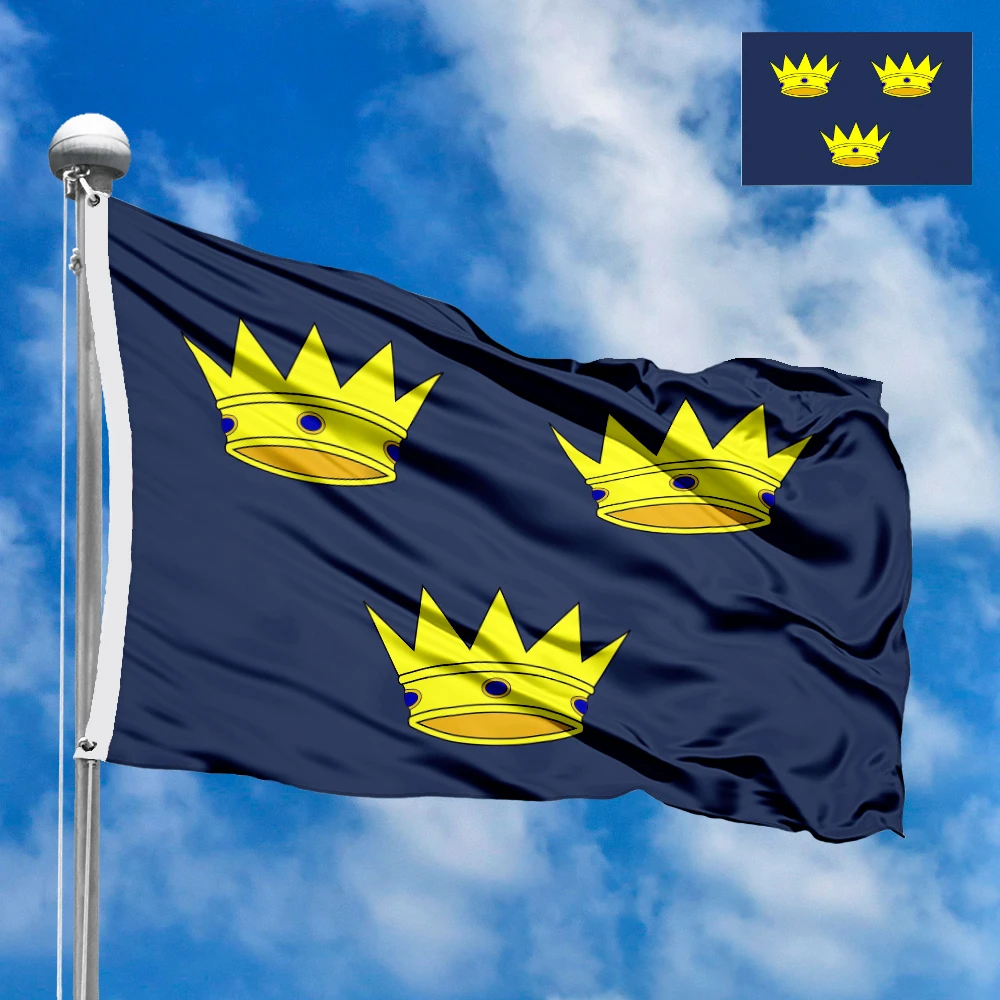LGBT flag
- Flag Type: LGBT community
- Proportions (official): N/A
Flag Information
- All Flags
- Flags of Countries by Continent
-
Flags of Organizations
- Flags of UN countries
- Flags of the European Union countries
- Flags of NATO countries
- Flags of the countries of the Organization of Islamic Cooperation
- Flags of the countries of the Organization of American States
- Flags of the Arab League countries
- Flags of the African Union countries
- Flags of the countries of the Union of South American Nations
- Flags of the Commonwealth of Nations
- Flags of the countries of the Secretariat of the Pacific Community
- Flags of the Nordic Council countries
- Flags of the Caribbean Community
- Flags of the countries of the Association of Southeast Asian Nations
- Flags of the East African Community
- Flags of the countries of the Organization of Turkic States
- LGBT Community Flags
- Historical Flags
- Ethnic Flags
- Flags of the USA (states)
Description
The LGBT flag, more commonly known as the rainbow flag, is one of the most powerful and recognizable symbols in the world. It serves as a sign of pride, diversity, and rights for lesbian, gay, bisexual, and transgender people, as well as the entire queer community. This flag is not only an emblem of identity but also a symbol of the struggle for equality, hope, and solidarity, uniting millions of people around the globe.
Design and Symbolism
The most common version of the flag consists of six horizontal stripes of different colors, arranged in the following order:
-
Red: symbolizes life.
-
Orange: symbolizes healing.
-
Yellow: symbolizes sunlight.
-
Green: symbolizes nature.
-
Blue: symbolizes harmony and art.
-
Violet: symbolizes spirit.
These colors, drawn from the natural phenomenon of the rainbow, embody the idea that the LGBTQ+ community is as natural and diverse as nature itself. The arrangement of the stripes does not have a strict size, but their horizontal orientation symbolizes a striving for peace, openness, and equality.
History of the Flag's Creation
The rainbow flag was created in 1978 by the American artist and activist Gilbert Baker in San Francisco, at a time when the gay rights movement was gaining momentum. Baker's idea was to create a positive, unifying symbol that would replace more negative symbols, such as the pink triangle used by the Nazis to identify homosexuals.
Baker's original flag had eight stripes. Each color had its own unique meaning:
-
Hot Pink — Sex
-
Red — Life
-
Orange — Healing
-
Yellow — Sunlight
-
Green — Nature
-
Turquoise — Magic/Art
-
Indigo — Serenity/Harmony
-
Violet — Spirit
Soon, due to technical difficulties in producing hot pink and turquoise fabric, the flag was simplified to the six stripes we see today. This change was dictated by practicality, but its symbolic meaning remained unchanged.
Meaning for People
For members of the LGBT community and their allies, the rainbow flag has immense significance. It serves as a powerful visual expression of pride, which stands in opposition to centuries of shame and stigma. The flag is a symbol of visibility, helping people feel seen and accepted in society.
It represents a safe space and a sense of belonging, creating a feeling of community and solidarity, especially for those who feel isolated. At the same time, the flag is a reminder of the ongoing fight for equal rights and justice. It offers hope for a future where every person can live freely and without fear, regardless of their sexual orientation or gender identity.
Interesting Facts
-
The idea for the flag came to Gilbert Baker after he met activist Harvey Milk, who inspired him to create a symbol for the entire community.
-
The rainbow flag is not copyrighted. Gilbert Baker intentionally made it a public domain symbol so that it could be freely used by everyone.
-
In 2017, the Progress Pride Flag was created by Daniel Quasar, adding a chevron of black, brown, light blue, pink, and white stripes to the six-color flag. These colors were included to emphasize the need for inclusivity for people of color, transgender, and non-binary people.
In the demonstration images, full-size flags are shown with proportions of 2:3, and hand-held flags with proportions of 1:2.
Donation
Download
Completely free for commercial and non-commercial use (public domain).
You can freely use them in your news magazines, websites, software, mobile applications.
We appreciate a backlink to https://flagssite.com
Raster files - LGBT flag (PNG, JPG)
 Waving flag
Waving flag
- PNG format (transparent background), 72dpi, dimensions in Pixels (px), aspect ratio 3:4.
- 15х20 px
- 30х40 px
- 60х80 px
- 120x160 px
- 240x320 px
 Sizes:
Sizes:
"v15" - image size (by height); if necessary, replace with available: v15, v30, v60, v120, v240.
!!! For resizing, use the Latin (eng) keyboard layout.
<img src="https://flagssite.com/flags/v15/20851.png" alt="LGBT flag">
 Round flag
Round flag
- PNG format (transparent background), 72dpi, dimensions in Pixels (px), aspect ratio 1:1.
"d15" - image size (diameter); if necessary, replace with available: d15, d30, d60, d120, d240.
!!! For resizing, use the Latin (eng) keyboard layout.
<img src="https://flagssite.com/flags/d15/20851.png" alt="LGBT flag">
 Rectangular flag 2:3
Rectangular flag 2:3
- JPG format, 72dpi, dimensions in Pixels (px), aspect ratio 2:3.
"h30" - image size (by height); if necessary, replace with available: h15, h30, h60, h120, h240, h360, h480.
!!! For resizing, use the Latin (eng) keyboard layout.
<img src="https://flagssite.com/flags/h30/20851.jpg" alt="LGBT flag">









 Sizes:
Sizes:
 Sizes:
Sizes: